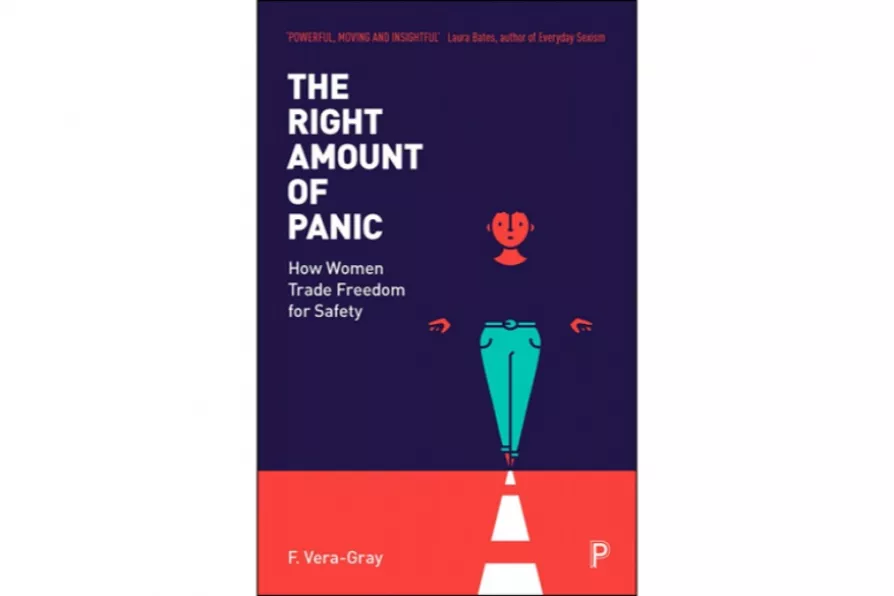SIMON DUFF recommends a recording of Arvo Part that takes the listener on a pilgrimage through seemingly distant times and events of the Bible
Pertinent points on the realities of sexual violence against women


The Right Amount Of Panic: How Women Trade Freedom for Safety
by Fiona Vera-Gray
(Policy Press, £11.99)
A GIRL sat on a bus reading a book, when a man in front turned round and said: “I just thought we could get to know each other.”
She demurred, but he persisted and followed her off the bus. She went the long way home on the main road, but he kept alongside her until they came to a hospital, where she threatened to scream, causing him to scurry away.
Similar stories

A joint statement from Derby Indian Workers’ Association and Vox Feminarum/Women’s Voices

Sisters came together last weekend for the landmark launch of a new women’s group. ROS SITWELL reports

There’s no room for feminists to be complacent about the growth of extremism and misogyny worldwide, warns HAILEY MAXWELL

Persistent inequality for women shows we still have a long way to go, but Wales TUC leader SHAVANAH TAJ is confident we can build a fairer country when we work together










